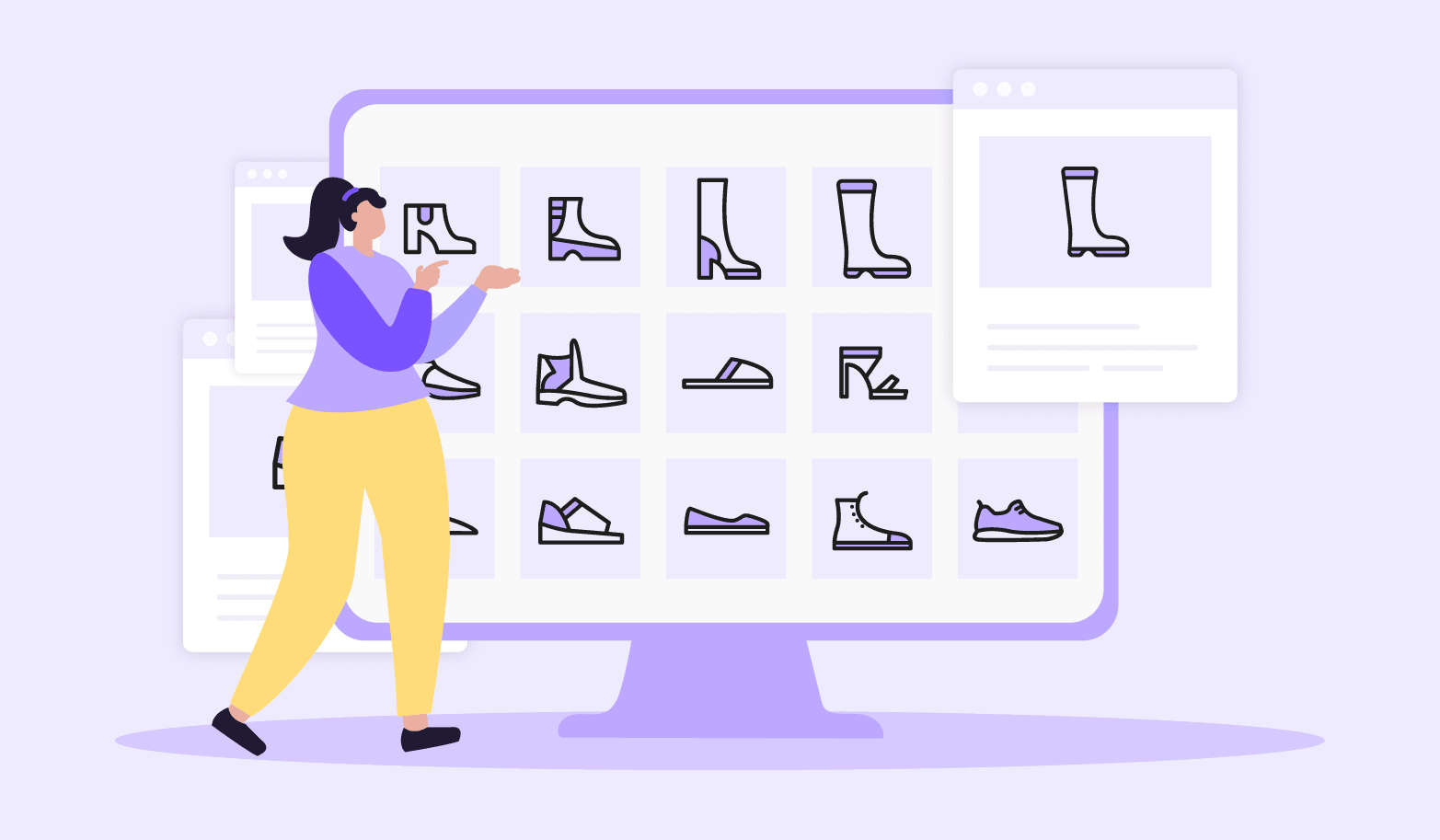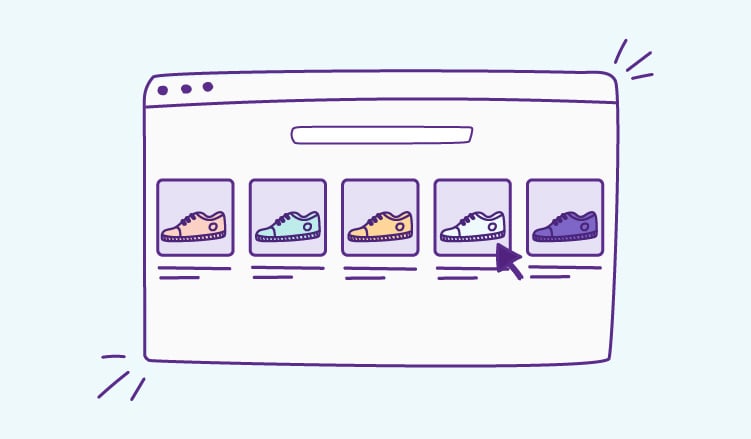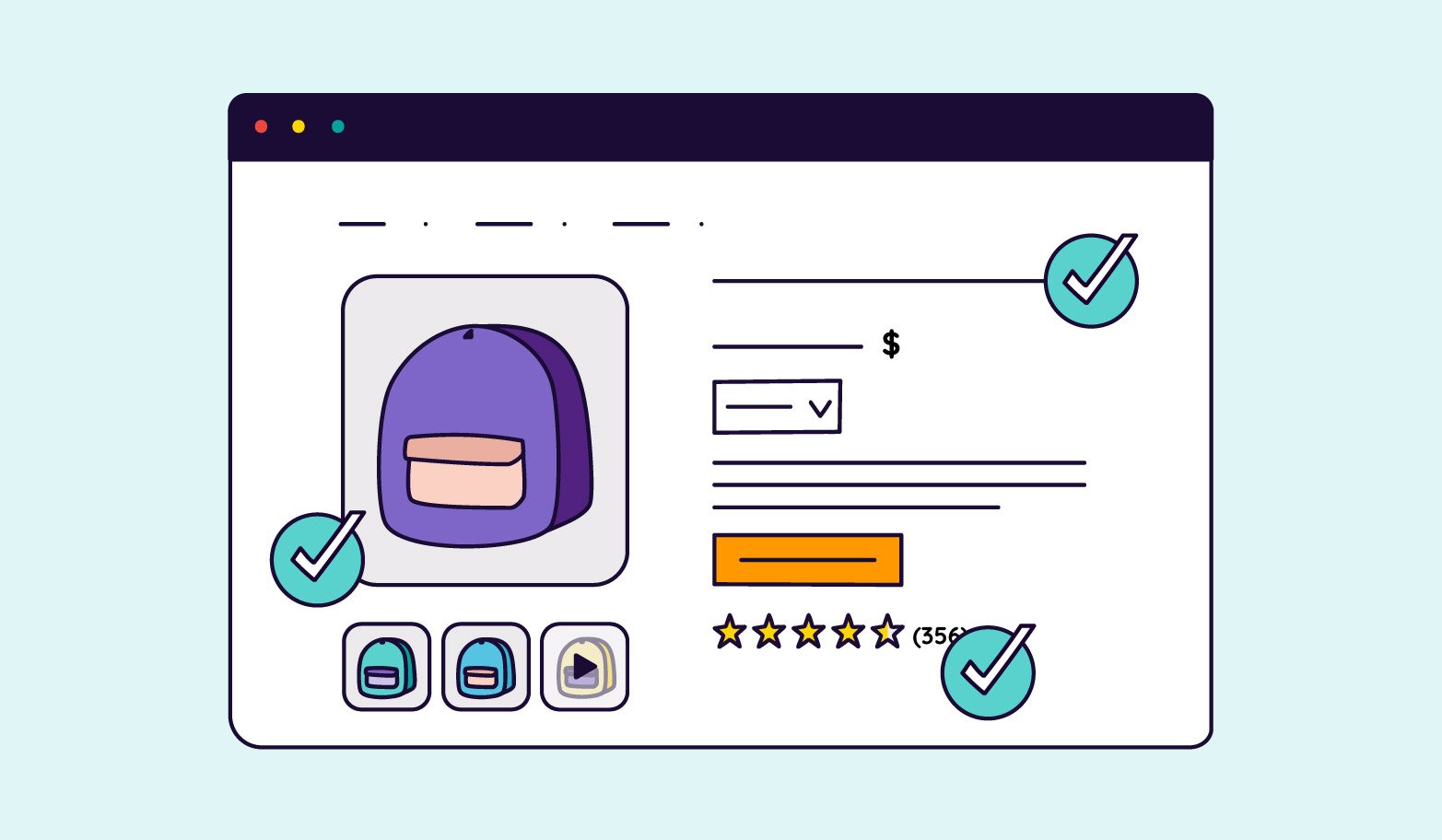When you first start selling a growing set of products, it can be daunting to think about learn all of the information you need to know about them, especially if you’re suddenly in charge of a large catalog of products.
But customers need to be convinced that you and your products are trustworthy, and providing knowledgeable answers to basic questions is the first step to building that trust. Worse yet, they expect it from you. There is a high (and reasonable) expectation that you are the expert on your products, so any "I don't know." or "Not sure, let me check" whacks your credibility down a peg.
So let's see...can you do it?
What is it for and how does it work?
The most basic of the basic. For some products the primary use is obvious, but for others it can be a bit more complicated. The important thing to remember here is that you need to focus on the benefits of your product, rather than just a description of what it actually is. You should, however, also know how the product works. If someone asks this question, does it require a little explanation, or a whole user manual? Having that information available at all times will help you avoid an embarassing situation.
How much does it cost?
This is also obvious, but being able to state the price of your products quickly and confidently signals to potential customers that you’ve put some thought into your pricing and it’s worth what you’re charging. But now what happens when you sell in multiple countries and currencies? Take into account different prices for different retailers, the MSRP, and any discounts you have floating around and this question becomes a lot more involved than it looks.
If you’re managing a huge catalog of products with several variants, try to memorize the base prices and keep a price list handy until they become second nature. If you’re in more of a hurry, you can try out some mnemonic strategies to boost your memory. And if you're really in a hurry, get an easily searchable database for your products.
Where can I buy it?
It’s incredible how many people aren’t able to answer this question quickly. Nowadays it’s common to have products listed on several places online, but you need to choose one to treat as your main portal. Ideally it’s a memorable and recognizable name or link to your brand’s website where people can discover more of your products. After that it is being really familiar with what is in stock where, online vs. in-store, and a whole host of other little pieces of data that can make or break your answer.
Who is this product for?
This one is as much for customers as it is for investors and marketers. This is such an important question to answer that no one should ever have to ask it. Your customers should have no doubt in their minds that your product is the product for them.
If you decide to hire a marketer to give your shop an extra push, this will be one of the first questions they will ask because they know how essential it is. If you aren’t sure who your market is, don’t be surprised when no one buys your products.
What is your product made of?
This one might seem obvious, but you should invest a bit of time into adding some more intriguing copy into your permanent memory. For example, instead of saying that your product is made of leather and aluminum, say it’s made of full grain calfskin leather and aerospace grade precipitation-hardened aluminum alloys. You don’t really need to know the difference, but it will certainly impress potential clients. Just make sure it’s true.
Another interesting thing to remember is that what you think might not be important will be very important to a potential client. Does it contain animal-tested materials? Is it free-trade? Does it contain BPA? If it is BPA free, what is BPA? Is it... gluten free?
The questions can unravel fast, so when you can quickly answer these questions without hesitation, you'll be able to instil confidence and reduce return rates.
Where is your product made?
In today's customer-empowered world of commerce, consumers are very aware of product origins. Look no further than Apple’s famous ‘Designed by Apple in California, Assembled in China’ slogan for proof of its importance in the eyes of wary customers.
You should also keep in mind that often who makes your products is as important as where they are made. ‘Artisan’ and ‘craftsmen’ may sound a bit cliche, but even pinpointing the region or factory where products are made can give customers some reassurance. A focus on how it helps local economies or the environment are also a good touch.
What makes your product better than others?
This is the moment of truth.
There are so many options for virtually any and all products on the market, you need to know what makes your products unique. It could be any number of things from their design or materials to place of origin or history.
If there truly aren’t any other competitors to your product, you might be delusional. In the world we live in, nothing is necessary except food, water, and shelter. You should know what problem it solves and how that can improve a customer’s life without having to think about it.
What is your return policy and/or warranty?
For any online purchases, clearly stated return policies are crucial. As many as 91% of buyers say that a store’s return policy is a key factor in whether or not they make a purchase. There are also return policies for specific products, so confusing the general policy with the bathing suit policy might cause a customer service crisis down the line. Remember, people who experience bad customer service are about reach twice as many people as someone who had a good customer service experience with your company.
Buyers know that products are often damaged in shipping and can be cautious about pulling the trigger on products that they haven’t physically seen unless there is a convenient return policy. And convenient is a key word there, since free convenient returns can lead to a more than 350% increase in sales.
What color/size variants are there?
Consumers love browsing options, so knowing about your product variants will either help clients find what they want, or let them know that there are lots of options for them to go through to find the perfect product for them. If your product information is fairly consistent, you can learn all of them without too much hassle.
If you want to get pro, then start learning which of your colors and variants compliment each other and which combinations to avoid.
How can I get ahold of customer service?
Although few customers will end up calling customer service, it’s important to let them know that it exists. It helps build trust in your brand, and signals to potential buyers that if they have any problems with your product, everything will be ok. Something like 24 hour chat support on your website or a specific telephone number or email address will go a long way in converting visitors into loyal customers.
Whether you manage a single product or thousands, there are some things that you need to know about each of them to start making sales. Learning these basic things will also make you feel more confident and enthusiastic about the product itself.
Can you and your team answer these ten questions on the fly? If not, why? Sometimes the problem is access to information from a single, accurate source. Good news, there are tools out there that help you catalog your products like a CRM does with your contacts so you can have all the information you need at your fingertips.



